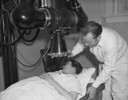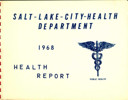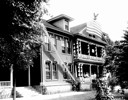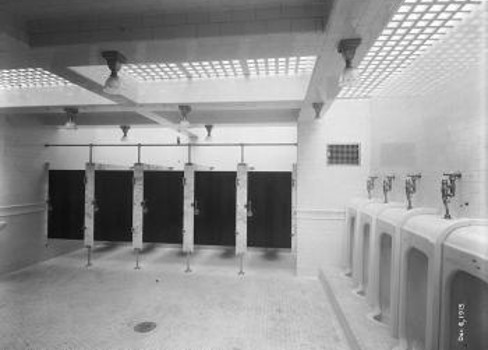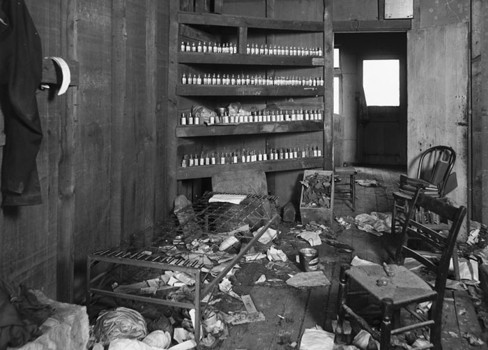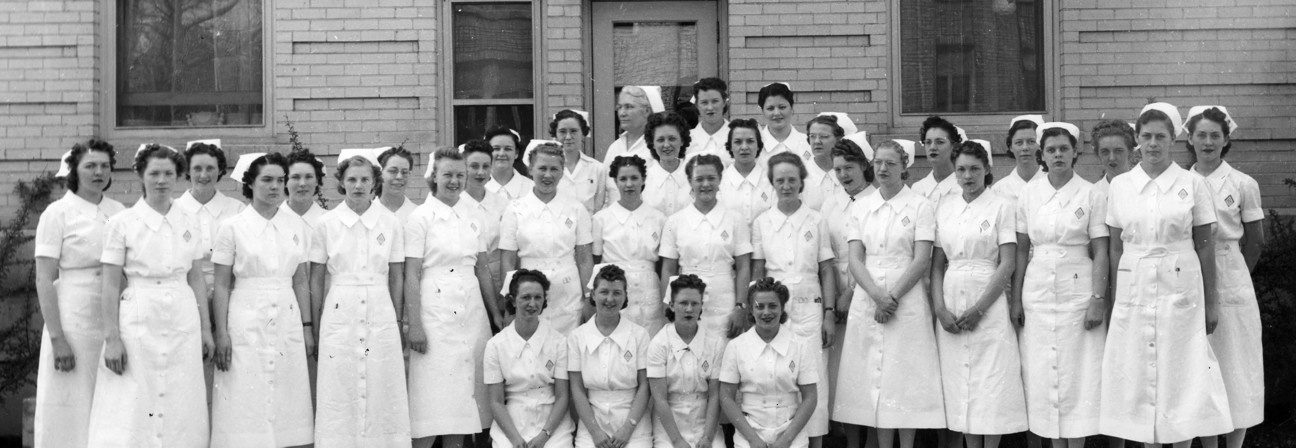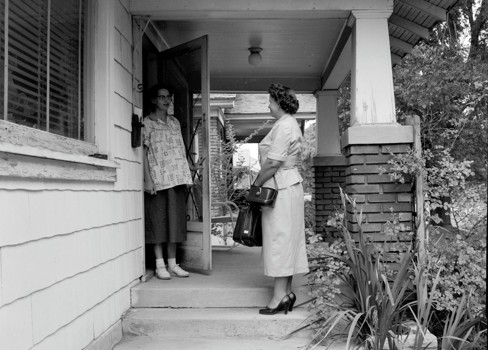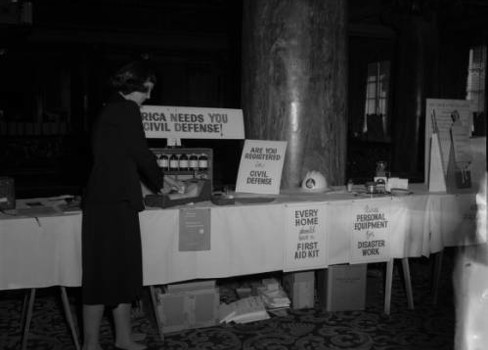The Progressive Era & Beyond 1910-1940
The years after germ theory became common knowledge coincided with what historians call “The Progressive Era,” a period of time where Americans fought for education, economic, political, and public health reforms. This movement had a lasting impact on public health, which expanded and professionalized even more to address concerns people had about urban life.
The “City Beautiful Movement” was one such progressive crusade to make cities pleasant, refined, and healthy. A clean city, progressive activists believed, could be evidence of civilization and success. As such, the Salt Lake County health department went to war with ills facing the community, particularly pests and condemned homes. The city also expanded its public health employees by training and deploying nurses to homes and schools across the county.
